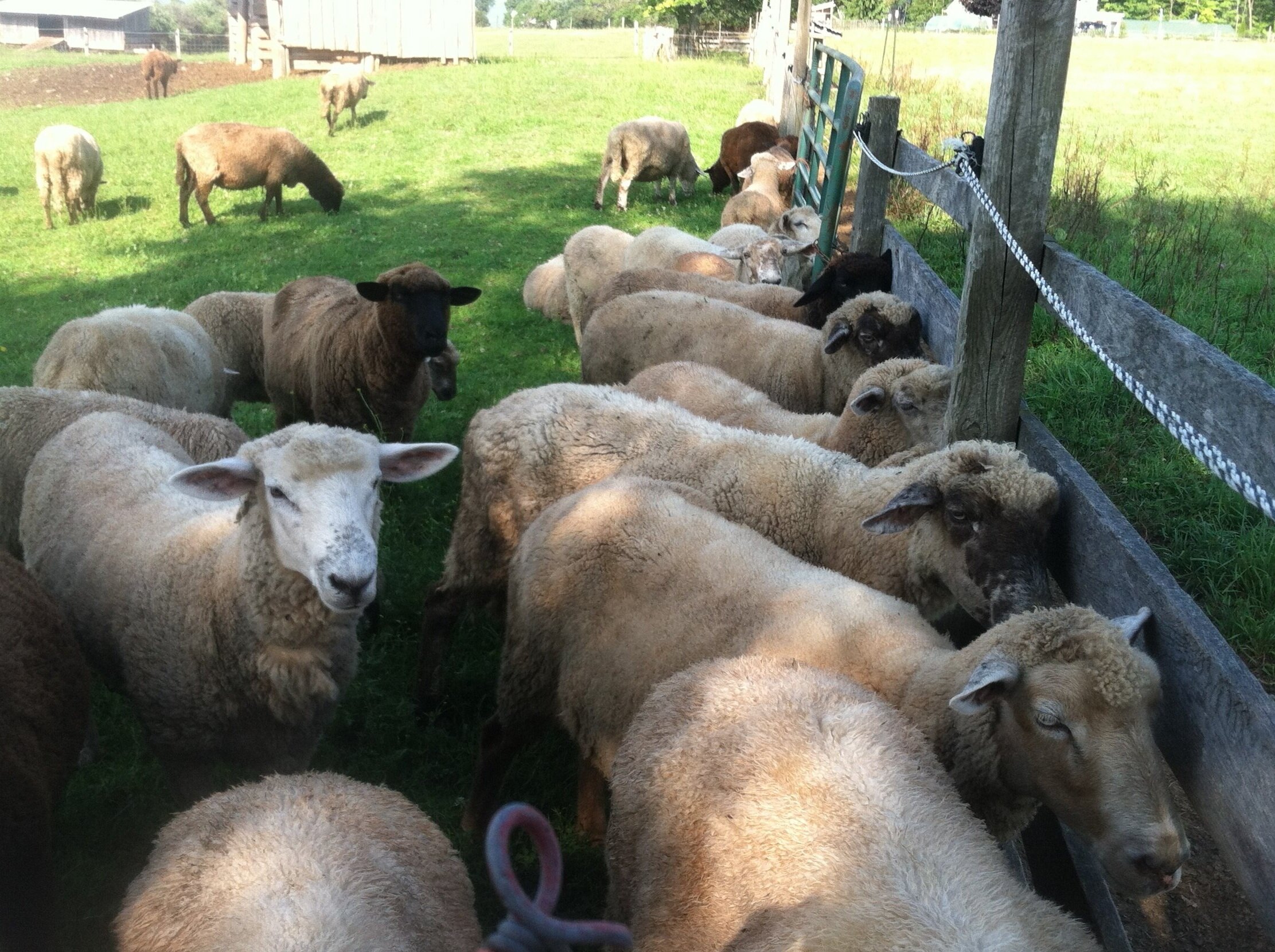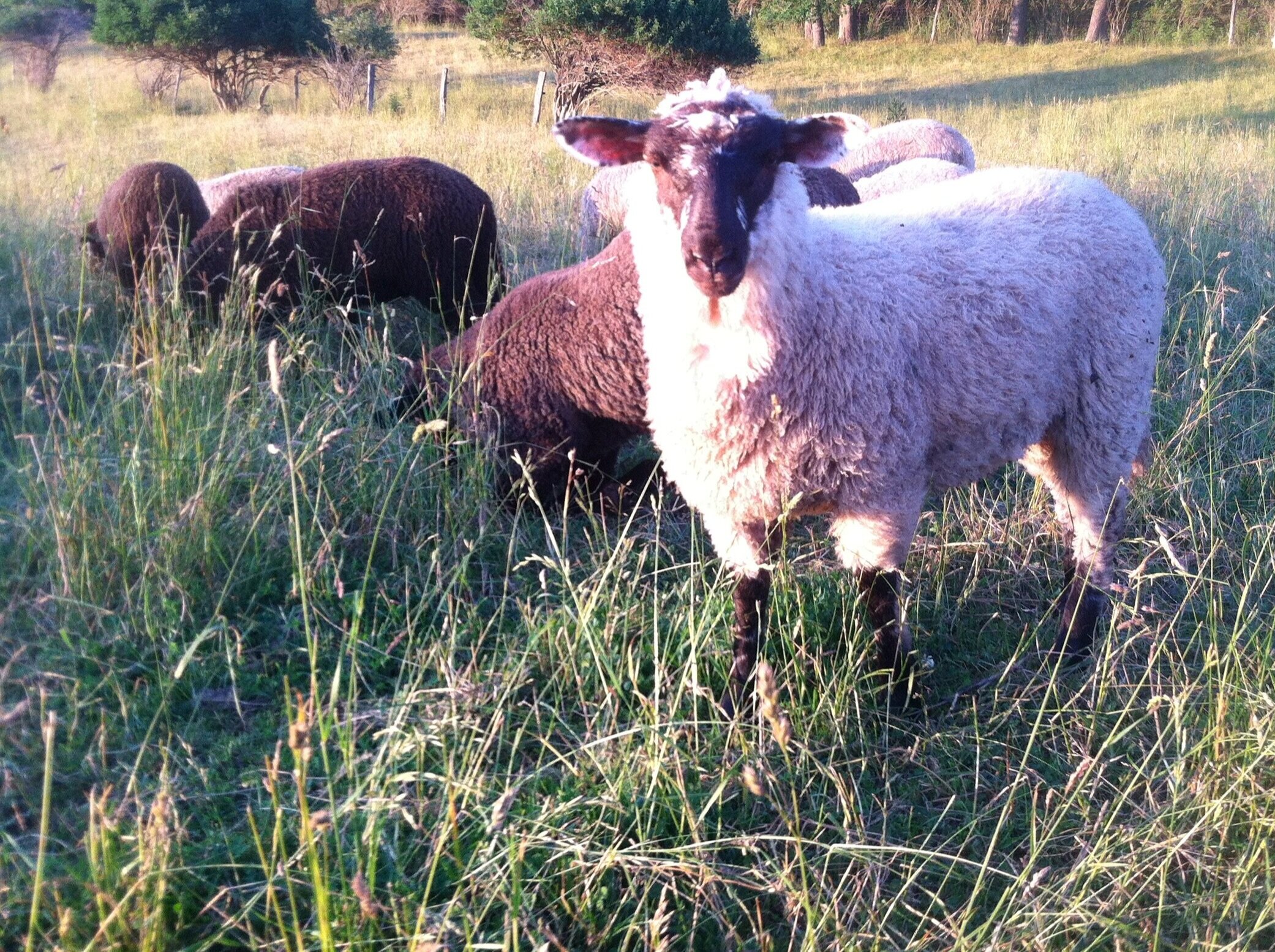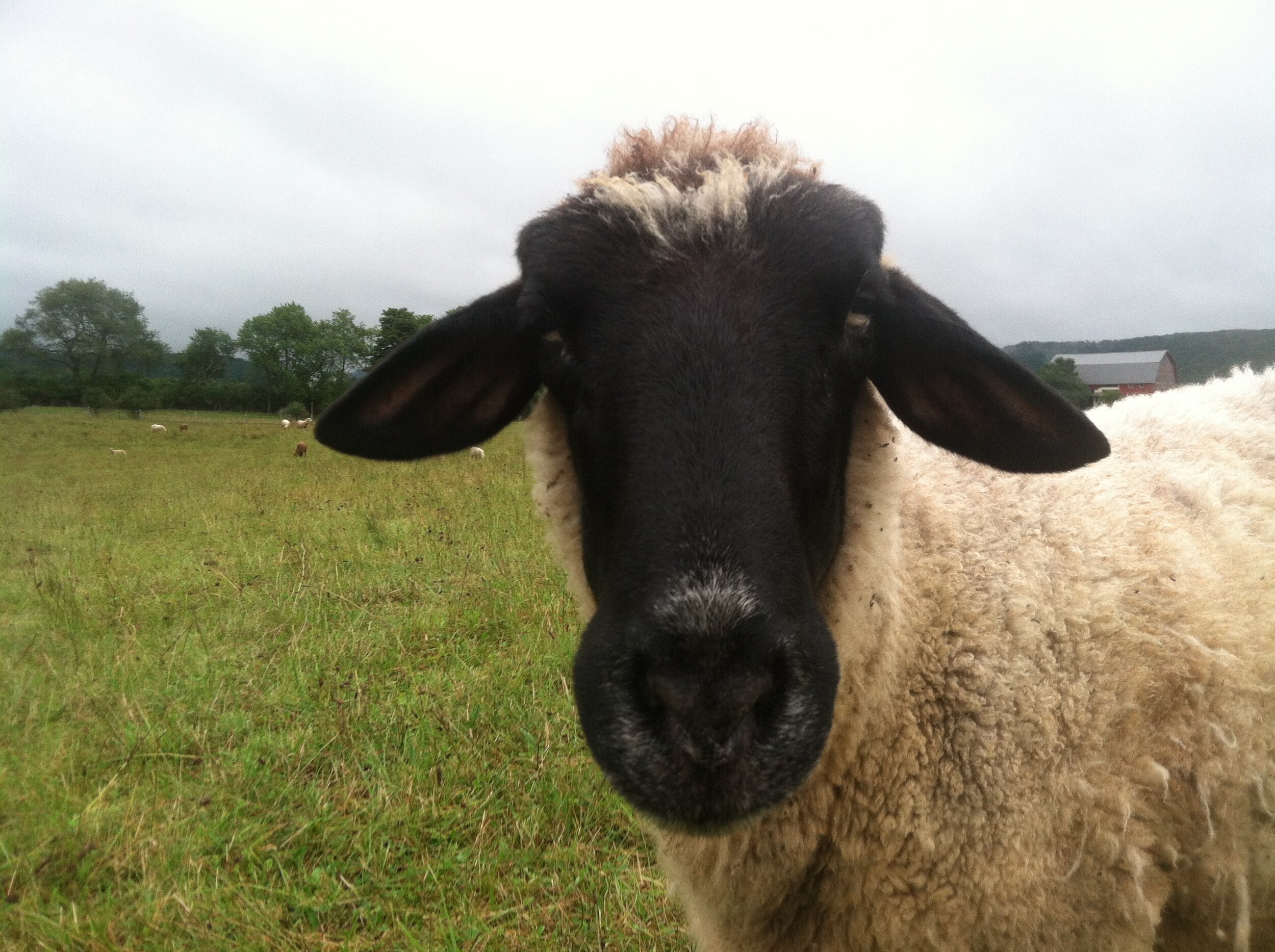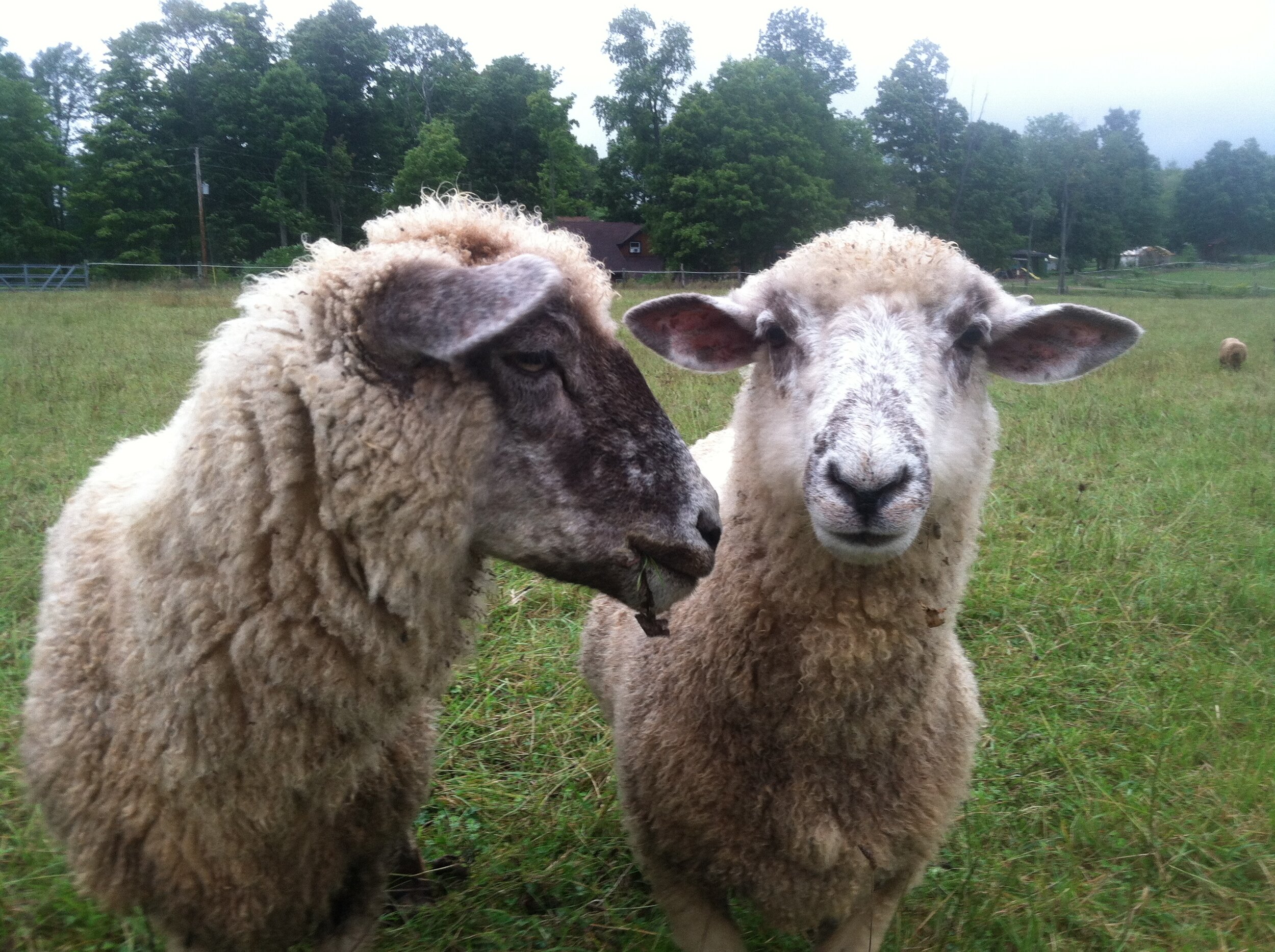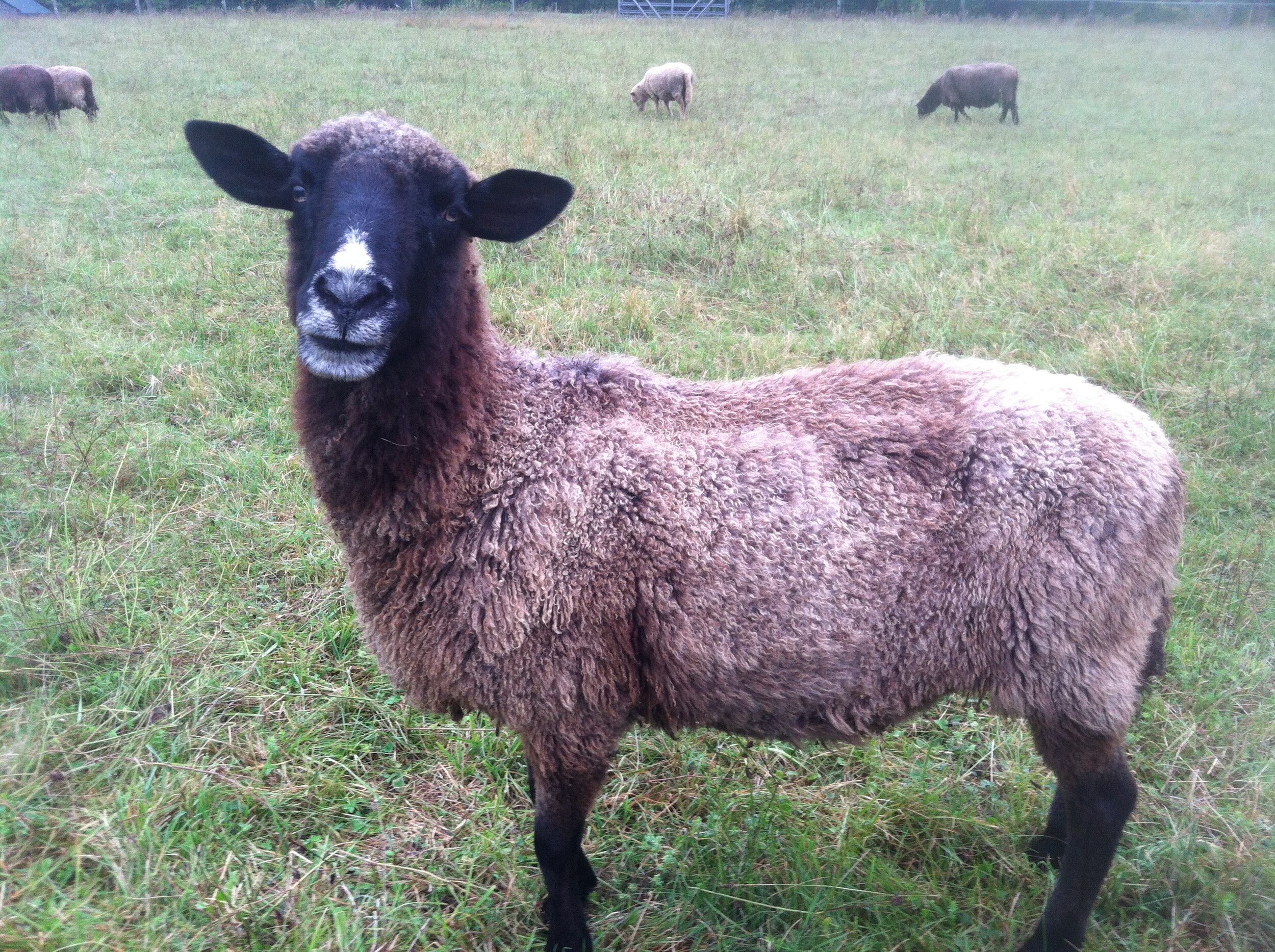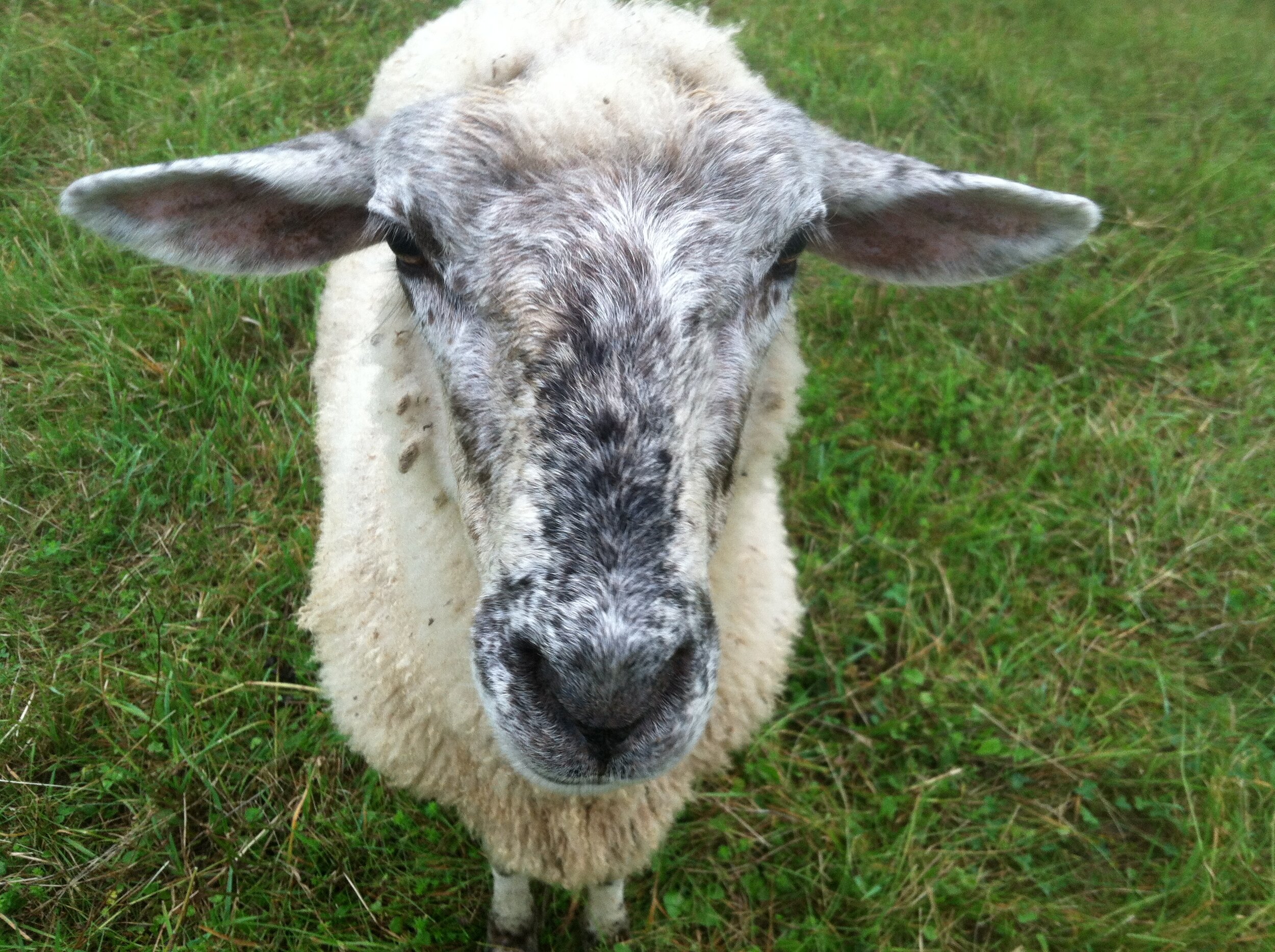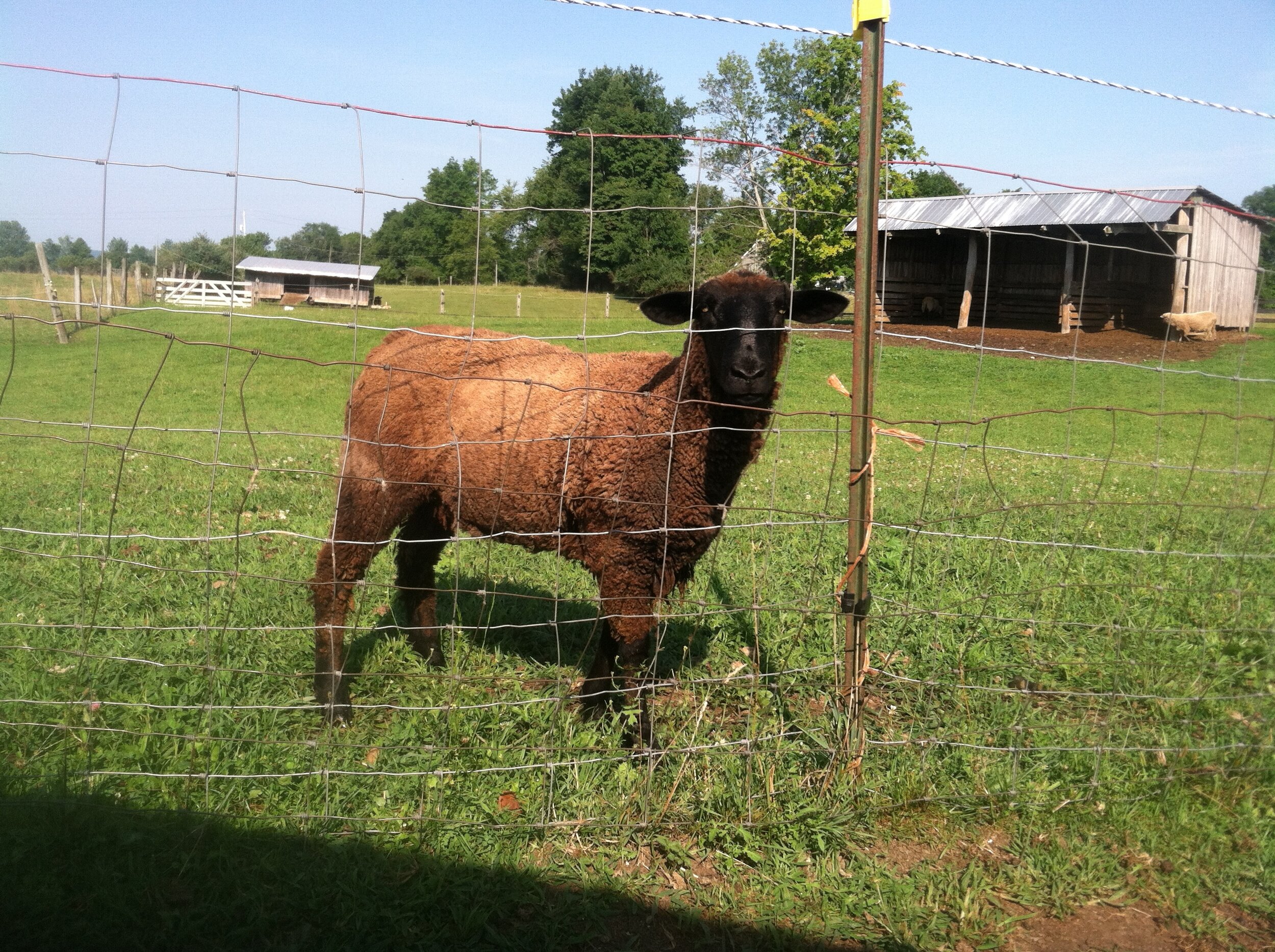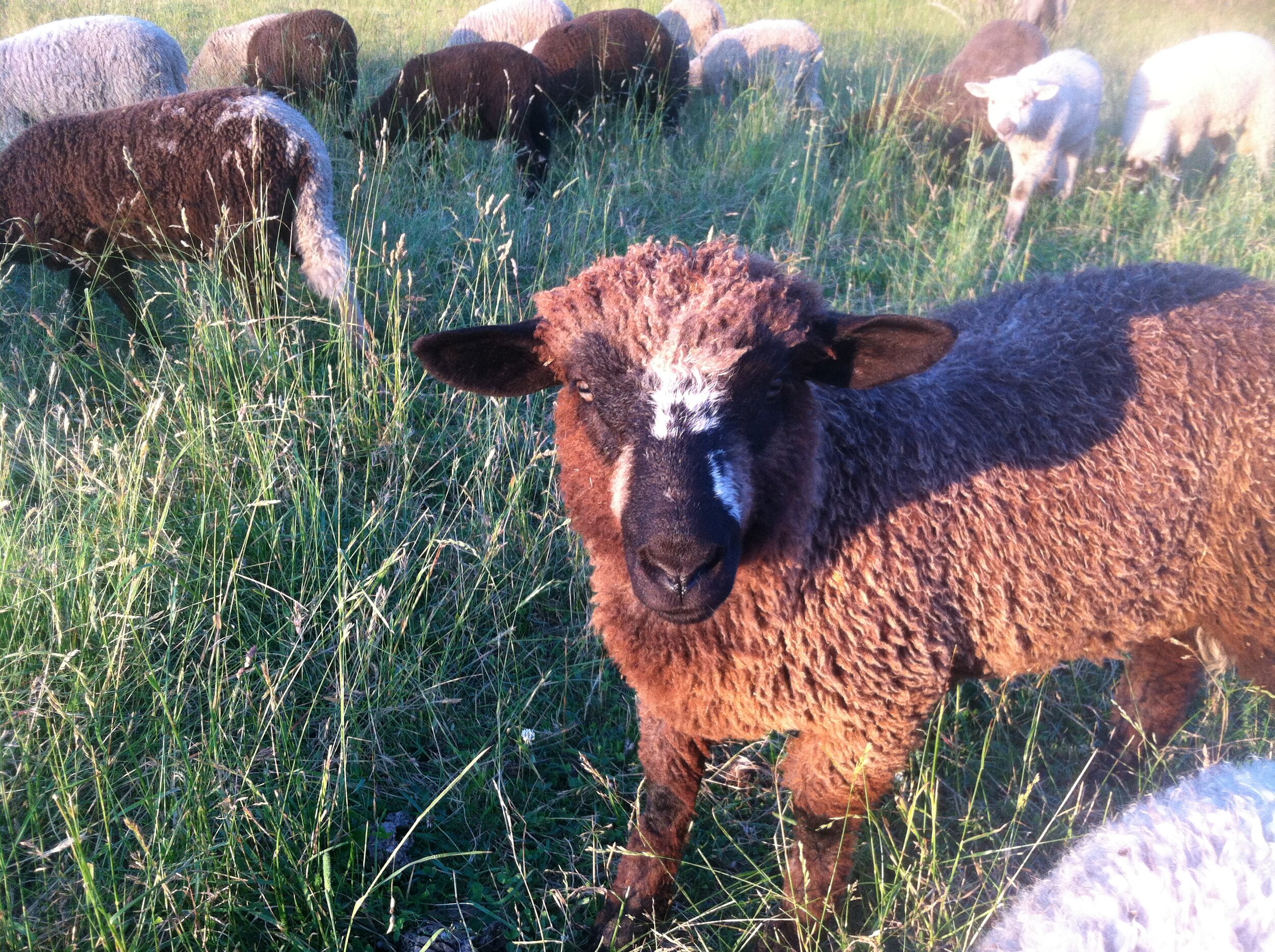Our Fiber Journey Begins With the Sheep
Rams
Axul, one of our very good boys and a son of Coco-Puff.
Ewes
A nice spot in the shade on a hot and sunny day.
Lambs
A few of the 2020 lambs enjoying the pasture
Fiber, fiber everywhere
While we do send some lambs for meat, the main job of our animals is to produce fiber. In the summer they enjoy pasture with sheep mineral and white salt supplementation. They get to moved to fresh grass every couple of weeks. They grow lovely fiber over the summer, fall and winter and are sheared in the spring. Some ewes are introduced to rams in the fall to continue the adventure with fiber, with lambing targeted for early and late spring. Pairings are designed to maintain fiber diversity and improve fiber quality in the flock.
During the winter months, the sheep are housed in smaller paddocks with access to shelter and are fed early first cutting mixed grass/alfalfa hay. Pregnant ewes get second cutting alfalfa in addition and all animals get either some pelleted grain or have access to a high protein/mineral supplement as a free choice lick.
When possible, the ewes are sheared before they lamb. The fleeces are skirted and sorted into fiber types and processed according to their intended use as roving for spinning into yarn for knitting or weaving or as batting for felting and stuffing.
Each of our animals is a unique individual. We are constantly surprised and amused (sometimes not quite amused) at their inventiveness, curiosity, resourcefulness and friendship.
Every fiber has a use
Our sheep grow a wide range of fiber types, from long, lustrous medium fiber with a slight wave, medium/fine fiber with strong bold crimp and a very soft handle to fine soft fiber with even tight crimp. Having so many fiber types in one flock has advantages and disadvantages. The disadvantage is that the fiber cannot all be processed into one big batch of something. The advantage is that having all of these fiber types in one location lends itself to experimentation with blending and layering and the creation of novel and useful fiber combinations.


